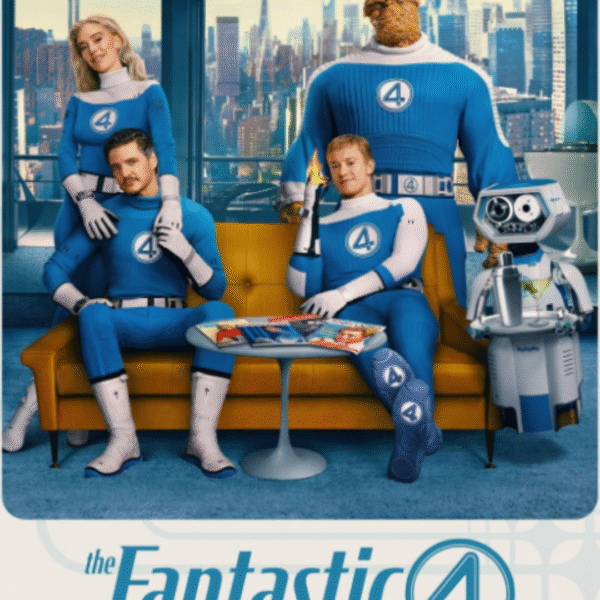DIY: THE RISE AND FALL OF PUNK ROCK
Genre: Documentary
Directed by: Joel Herrera
Release Date: April 25, 2025 (Dallas International Film Festival)
Platform: TBD
Rating: 2.5;5
By: stephen Lackey
It’s often said that the lowest form of conversation is “remember when”—those nostalgic chats between friends that outsiders can’t connect with. It’s a trap that documentary filmmakers constantly have to avoid when tackling biographical or profile-style stories. DIY: THE RISE AND FALL AND RISE OF PUNK ROCK dives into a specific era of punk music, which will definitely appeal to fans of the genre—but the question is, will anyone else be listening?
While DIY touches on the early roots of punk in the ‘70s and gives a nod to the ‘80s, its main focus is clearly on the 1990s revival. The film gathers an impressive lineup of musicians and insiders—Moby, Bad Religion, NOFX, The Circle Jerks and more—to discuss the genre’s DIY ethic, from posting flyers for shows to creating zines. There’s even a modern punk band featured, still trying to break through, with members reflecting on their influences from that earlier era.

The film offers fun anecdotes and memorable moments from that time, but it doesn’t go very deep. The interviews are cut together like quick sound bites, making everything feel a bit rushed and surface-level. The overall tone is soaked in nostalgia, which wouldn’t be a problem if the film offered more substance or perspective. Despite the title suggesting a broader history of punk, the focus is mostly locked into a single decade. That could have worked, but the film misses an opportunity to explore why the ‘90s punk scene mattered—how it clashed with mainstream culture or responded to the politics of the time.
Visually, it’s also limited. Outside of the talking-head interviews, there’s not much archival footage or dynamic storytelling. It often just cuts from one interview to the next without much visual variety. The interviews are well shot and obviously, the music throughout is fun. A highlight is when the up-and-coming band discusses the unpredictable nature of the venues they end up performing in. More of this to contrast the nostalgia would have been fantastic.

In the end, DIY is an enjoyable watch for hardcore fans of the genre or the specific bands featured, but it doesn’t rise much above a nostalgic mixtape. If the filmmakers had leaned into the narrative thread of the up-and-coming band—using that as a jumping-off point to compare the past with the present, and to dig into how punk fits into today’s musical and digital landscape—this could have been something more. As it stands, it’s a “remember when” film made mostly for those who already remember.




